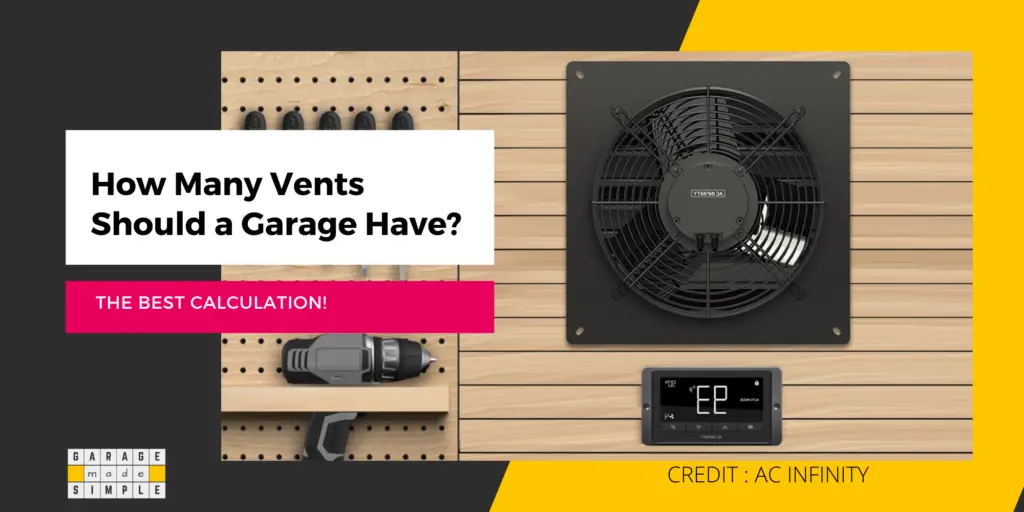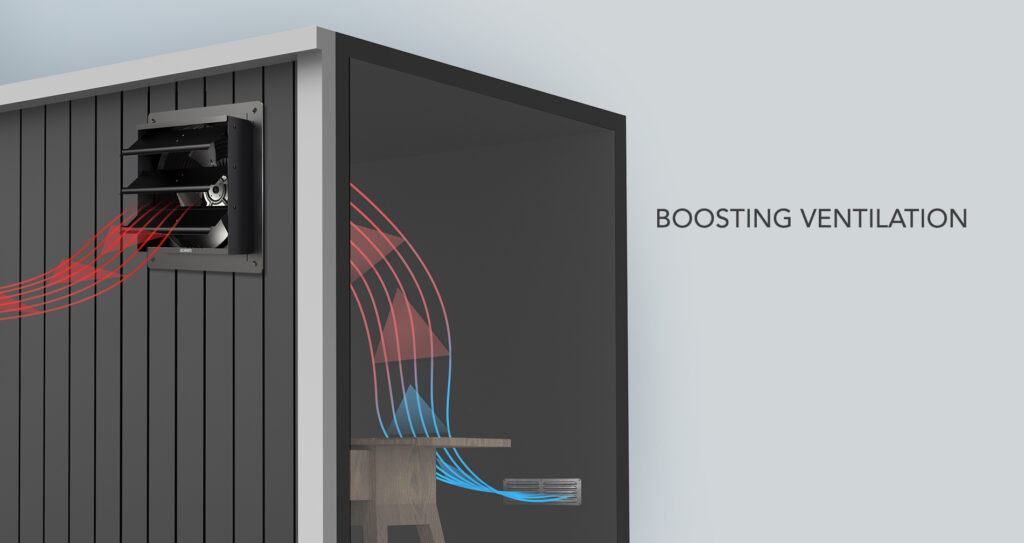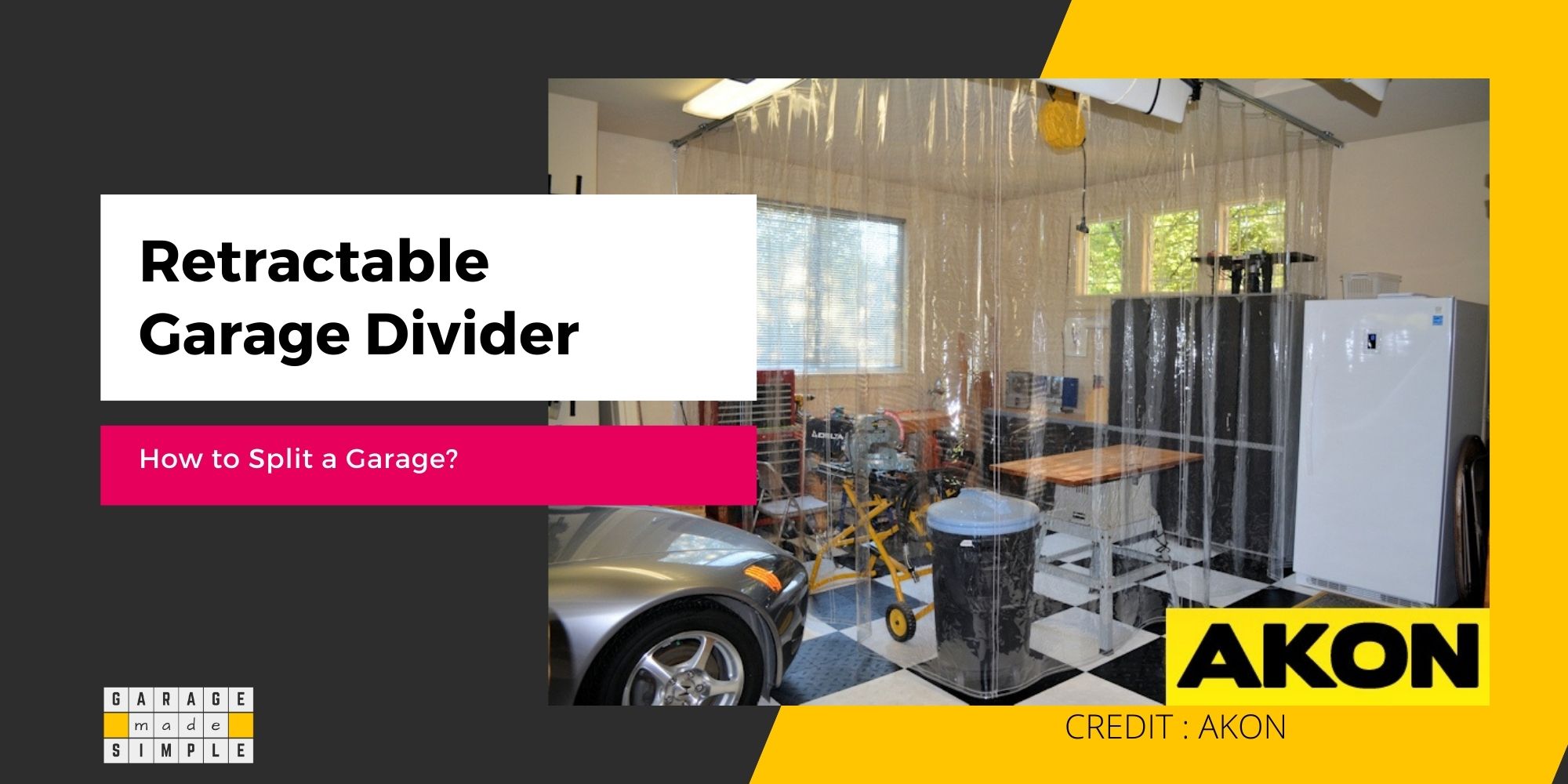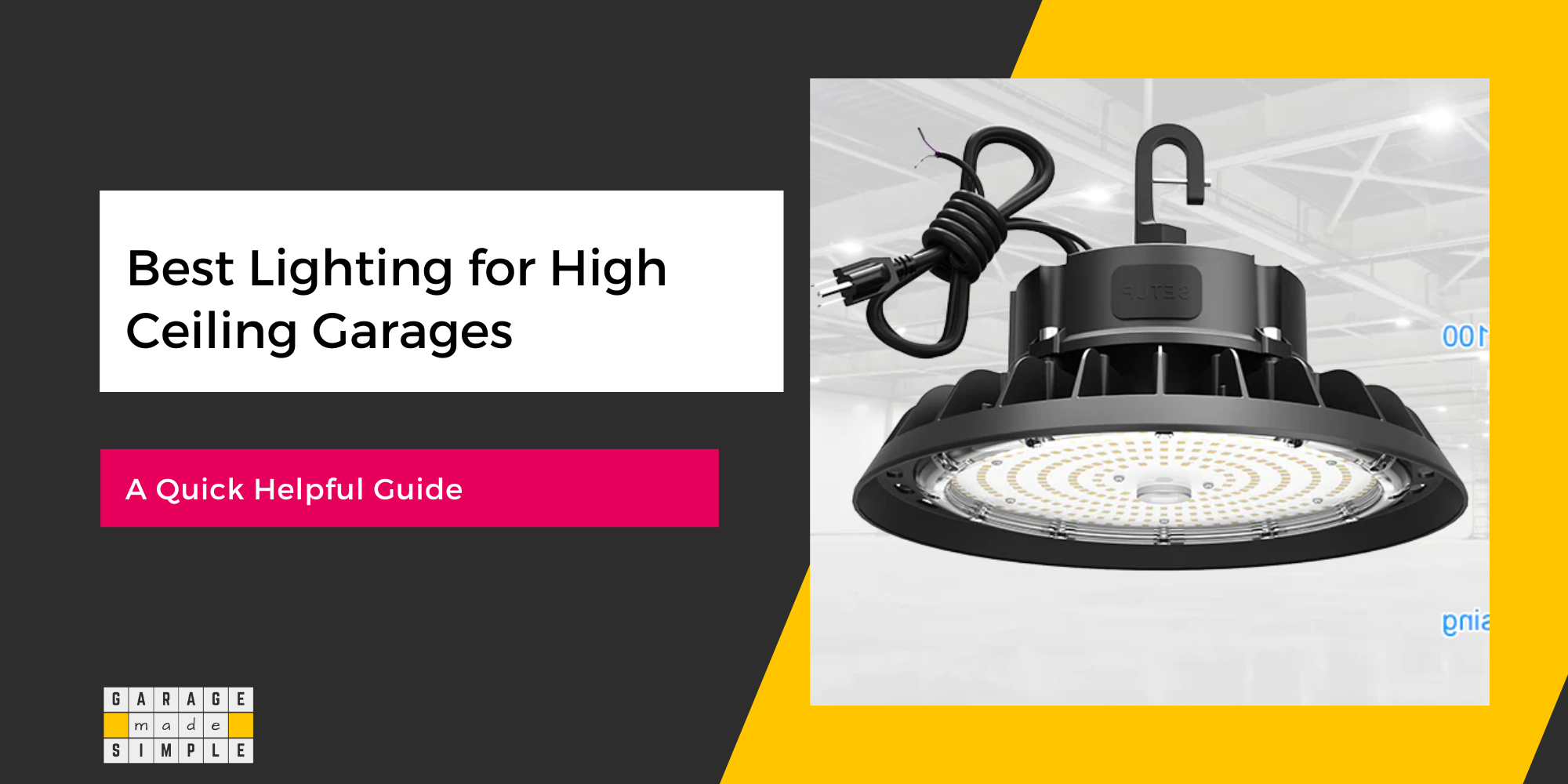How Many Vents Should a Garage Have? (The Best Calculation!)
As an Amazon Associate, I earn from qualifying purchases.
How Many Vents Should a Garage Have?
Are you building a new garage or remodeling an existing one? I am sure you have gone over in great detail and it all looks great. Have you incorporated vents in the garage? You have! That is fantastic. But have you got enough? Or are there too many? The problem is how do you know how many vents should a garage have?
There is no code specific to residential garage ventilation or how many vents should a garage have? An exhaust fan rated at 1100 – 1200 cfm will keep a standard 2 car garage well ventilated, even when run intermittently. You will get a lot more than 5 air changes an hour while it is running.
The number of vent in a garage will affect the number of air changes, in case of natural or passive ventilation. However, for active or forced ventilation, the capacity of the ventilation system determines the number of air changes. Read on for the reasoning and calculations on the above.

Sometimes people even question if a garage even needs ventilation? Well, you certainly need ventilation in a garage, unless you intend to use it as a set for a horror movie. The last thing you want is a dark, dingy foul smelling garage with cobwebs all over.
The US Environmental Protection Agency (EPA) defines Indoor Air Quality (IAQ) as:
Indoor Air Quality (IAQ) refers to the air quality within and around buildings and structures, especially as it relates to the health and comfort of building occupants.
In my opinion, proper garage ventilation serves the following purposes:
- Improves Indoor Air Quality (IAQ) & making it livable
- Dissipates heat out of the garage & makes it cooler
- Reduces condensation and mold growth & makes it healthier
- Eliminates garage fumes and odors & makes it safer
What Are the Standards of Ventilation?
There is no code specific for garage ventilation. There are some standards or codes for occupied spaces, dwellings etc. The chief among them, which can be used as guidelines, are:
ASHRAE – Standard 62.2-2019
ASHRAE (formerly called the American Society of Heating, Refrigerating and Air-Conditioning Engineers), in its Standard 62.2-2019, “Ventilation and Acceptable Indoor Air Quality in Residential Buildings” and Section 4.1.1 states that the total required ventilation rate shall be calculated as under:
Ventilation rate in cubic feet per minute = (0.03 X dwelling unit floor area in square foot) + [7.5 X (number of bedrooms + 1)]
Or 30 cubic feet per minute (cfm) if the dwelling has an area <500 square foot and 1 or less bedrooms.
2018 International Residential Code (IRC)
The 2018 International Residential Code (IRC) does not have a ventilation code for a garage as it does not consider the garage as habitable space. However, in case of “mechanical ventilation” of the house, Section M1505.4.3 Mechanical ventilation rate of the 2018 International Residential Code (IRC) states:
The whole-house mechanical ventilation system shall provide outdoor air at a continuous rate as determined in accordance with Table M1505.4.3 (1) or Equation 15-1.
The Equation 15-1 is:
Ventilation rate in cubic feet per minute = (0.01 X total square foot area of house) + [7.5 X (number of bedrooms + 1)]
Or 30 cubic feet per minute (cfm) if the dwelling has an area <1500 square foot and has 0-1 bedrooms.
2018 International Mechanical Code (IMC)
While the 2018 International Mechanical Code (IMC) is not applicable to one or two family homes, it can still be used as a good guide, when it comes to garage ventilation. So let me list some of the relevant sections first.
Extract from Section 401.2 Ventilation required of 2018 International Mechanical Code (IMC)
Every occupied space shall be ventilated by natural means in accordance with Section 402 or by mechanical means in accordance with Section 403. Where the air infiltration rate in a dwelling unit is less than 5 air changes per hour – – – – – – – – – shall be ventilated by mechanical means in accordance with Section 403.
Section 402.2 Ventilation area required of 2018 International Mechanical Code (IMC)
The minimum openable area to the outdoors shall be 4 percent of the floor area being ventilated.
Extract from Table 403.1.1 MINIMUM VENTILATION RATES of 2018 International Mechanical Code (IMC)
| OCCUPANCY CLASSIFICATION | OCCUPANT DENSITY#/1000 SQFT | PEOPLE OUTDOOR AIRFLOW RATE IN BREATHING ZONECFM/PERSON | AREA OUTDOOR AIRFLOW RATE IN BREATHING ZONECFM/SQFT | EXHAUST AIRFLOW RATECFM/SQFT |
| Garage, common for multiple units | – | – | – | 0.75 |
| Repair garages, enclosed parking garages | – | – | – | 0.75 |
The Calculation of CFM for a Garage
A standard 2 car garage with dimensions of 20’X20’X8’ has an area of 400 square feet and a volume of 3200 cubic feet. One air change would require that you have around 55 cfm of airflow.
Based on the recommended, at least 5 air changes (Section 401.2 of IMC), your ventilation need would be 275 cfm. In case you use the formula from Table 403.1.1 of IMC your ventilation need would be 0.75 X 400 = 300 cfm.
You would, of course, not run the exhaust fan (or keep windows open) for 24 hours. You therefore need to multiply the above figure by a factor of 4, if you run your exhaust only 25% of the time.
So an exhaust fan rated at 1100 – 1200 cfm will keep a standard 2 car garage well ventilated, even when run intermittently.
This could be achieved with just two vents in the garage. One vent, low in the garage side wall for air intake and another for the exhaust fan.

The AC Infinity AIRLIFT T14, Shutter Exhaust Fan 14-inch with Temperature Humidity Controller available on Amazon, would be perfect for ventilating a standard 2 car garage. Its outstanding features are:
- A high-airflow (1513 CFM) exhaust fan designed to ventilate out heat, moisture, odor, and dust from various spaces.
- Programmable controller with corded probe, can adjust fan speeds in response to temperatures and humidity.
- Innovative EC-motor with PWM-control maximizes airflow while reducing energy consumption and noise levels.
- Features steel shutters, aluminum blades, and IP-44 rated to be highly resistant to liquid and dust.
- Fan Size: 14” | Dimensions: 16.93 x 16.93 x 6.42 in. | Airflow: 1513 CFM | Noise: 68 dBA | Bearings: Dual Ball
Thank you very much for reading the post. I do hope you found it informative and useful.






